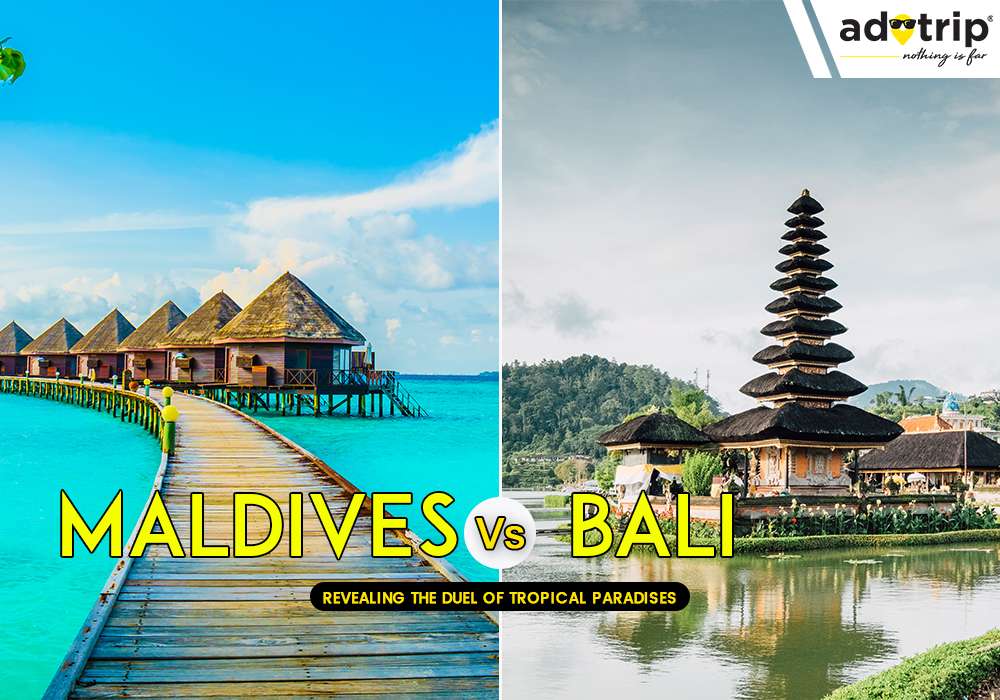
Last Updated At: 03-Sep-2025
Bali vs Maldives – Which Is Better For Honeymoon
When it comes to dreamy tropical getaways, the Maldives and Bali both rank high on the list. These two stunning destinations offer breathtaking natural beauty, luxurious resorts, and a chance to immerse oneself in rich cultures. The Maldives, a cluster of paradise-like islands in the Indian Ocean, boasts crystal-clear turquoise waters, pristine white-sand beaches, and abundant marine life perfect for diving and snorkelling enthusiasts. On the other hand, Bali, an Indonesian island known as the "Island of the Gods," offers lush landscapes, picturesque rice terraces, ancient temples, and vibrant arts and crafts scenes. While the Maldives offers exclusivity and seclusion, Bali provides a mix of relaxation, spirituality, and bustling nightlife. Whether you seek solitude and serenity or a blend of adventure and cultural experiences, both destinations promise unforgettable experiences in their own unique ways.
We present you a perfect comparison of Maldives and Bali that will give you an overview of the weather, natural beauty, major attractions, currency, visa, cultural experiences, and more! Get ready to delve into the mesmerising wonders of these two tropical heavens and discover which destination aligns perfectly with your travel desires.
Weather: Maldives vs Bali
The Maldives and Bali both offer beautiful tropical climates, but there are some notable differences in their weather patterns. The Maldives experiences a year-round tropical monsoon climate characterised by two distinct seasons. From November to April, the dry season brings warm temperatures, clear skies, and low humidity. From May to October, the wet season brings occasional rainfall and higher humidity.
Conversely, Bali has a tropical climate with two main seasons: the dry season (April to September) and the wet season (October to March). The dry season is generally sunny and hot, with minimal rainfall, while the wet season brings more frequent showers and higher humidity. Both destinations offer favourable weather conditions for beach activities and outdoor exploration, but travellers should consider these seasonal variations when planning their trips.
Natural Beauty: Maldives vs Bali
The natural beauty of the Maldives and Bali is simply awe-inspiring, each with its own unique allure. The Maldives, a paradise of pristine islands, boasts breathtaking turquoise waters that seamlessly blend with the clear blue skies. Picture-perfect white-sand beaches fringe the islands, inviting visitors to indulge in pure relaxation. Beneath the surface, a vibrant underwater world awaits, teeming with vibrant coral reefs and a diverse array of marine life. In contrast, Bali captivates with its lush landscapes, verdant rice terraces cascading down hillsides, and majestic volcanic mountains dominating the skyline. Waterfalls gush through emerald forests, while ancient temples add a mystical charm to the surroundings. Bali's natural beauty is further accentuated by its vibrant flora and fauna, with tropical forests harbouring exotic wildlife. Both destinations offer a paradise of natural wonders, ensuring an unforgettable journey into breathtaking landscapes.
Read More : Stunning Beaches of Maldives
Major Attractions in the Maldives
The Maldives offers an abundance of attractions, and these are just a few highlights that showcase its breathtaking natural beauty and tranquil island vibes.
- Ari Atoll: A diver's paradise known for its rich underwater biodiversity and vibrant coral reefs.
- Banana Reef: Famous for its vibrant coral formations and abundant marine life.
- Male, the capital city: Explore local markets, historical sites, and indulge in Maldivian cuisine.
- Veligandu Island Beach: A pristine beach paradise with crystal-clear waters.
- Maafushi Island: Experience the local island life, water sports, and stunning beaches.
- Hulhumale Island: A man-made island with beautiful beaches and vibrant nightlife.
- Bioluminescent Beaches: Witness the magical glow created by bioluminescent plankton.
- Manta Point: Swim alongside majestic manta rays in their natural habitat.
- Dhigurah Island: Home to the world's largest population of whale sharks, offering unforgettable diving experiences.
- Utheemu Island: Visit the historical residence of Sultan Mohamed Thakurufaanu.
- Alimatha Island: Enjoy snorkelling, diving, and swimming with friendly nurse sharks.
- Addu Atoll: Explore the largest natural atoll in the Maldives, offering diverse marine life and historic sites.
- Huvahendhoo Island: Relax on tranquil beaches and snorkel in vibrant coral gardens.
- Kuredu Island: An idyllic resort island with luxurious accommodations and stunning beaches.
- Fuvahmulah Island: Discover unique landscapes, pristine beaches, and endemic wildlife.
Major Attractions in Bali
Bali offers an abundance of attractions, and these are just a few highlights that showcase its diverse natural and cultural wonders.
- Tanah Lot Temple: A stunning seaside temple perched on a rocky outcrop, offering breathtaking sunsets.
- Tegallalang Rice Terraces: Marvel at the iconic terraced landscapes of vibrant green rice fields.
- Nusa Penida: Escape to this island paradise known for stunning cliffs, pristine beaches, and awe-inspiring viewpoints.
- Ubud Monkey Forest: Encounter playful monkeys amidst lush greenery and ancient temples.
- Mount Batur: Trek to the summit of this active volcano and witness panoramic sunrise views.
- Kuta Beach: Bali's most famous beach, known for its golden sands, surf breaks, and vibrant nightlife.
- Sacred Monkey Forest Sanctuary: Explore a sacred forest home to monkeys and ancient temples.
- Pura Ulun Danu Bratan: Admire the serene beauty of a water temple set on Lake Bratan.
- Seminyak: Experience trendy beach clubs, upscale resorts, and fashionable boutiques.
- Uluwatu Temple: Enjoy a spellbinding cliffside temple with cultural performances and dramatic ocean vistas.
- Goa Gajah (Elephant Cave): Discover an archaeological site with a mysterious cave entrance and intricate stone carvings.
- Jimbaran Bay: Savour delicious seafood on the beachfront, accompanied by a stunning sunset.
- Tirta Empul Temple: Immerse in Balinese purification rituals at this holy water temple.
- Tegenungan Waterfall: Cool off in the cascading waters of this beautiful jungle waterfall.
- Bali Swing: Get an adrenaline rush and panoramic views as you swing over lush jungles.
Read More : Best Tourist Places To Visit In Bali
Cuisine: Maldives vs Bali
The cuisine of the Maldives and Bali reflects the rich cultural heritage and flavours of their respective regions. In the Maldives, seafood takes centre stage, with fresh fish and shellfish being staples in many dishes. Traditional Maldivian cuisine, known as "hedhikaa," features delightful flavours of coconut, curry leaves, and spices like cinnamon, cardamom, and turmeric. Grilled tuna, spicy fish curries, and mouthwatering coconut-based desserts are popular culinary delights. On the other hand, Bali offers a fusion of flavours influenced by Indonesian, Chinese, Indian, and Dutch cuisines. Balinese cuisine showcases an array of dishes prepared with aromatic herbs, spices, and traditional sauces like sambal. From the famous Babi Guling (suckling pig) to Nasi Goreng (fried rice), satay skewers, and refreshing tropical fruits, Bali's cuisine tantalises the taste buds with its bold flavours and vibrant presentation. Both destinations offer a delightful culinary journey, allowing travellers to savour the unique tastes of their respective cultures.
Read More : Best Tourist Places To Visit In Maldives
Cultural Experiences: Maldives vs Bali
The cultural experiences in the Maldives and Bali offer distinct glimpses into their rich heritage and traditions. The Maldives, with its predominantly Islamic culture, provides a serene and laid-back atmosphere. Visitors can explore the local island communities, where they can witness the daily lives of Maldivians, visit historic mosques, and engage with friendly locals. Cultural performances such as Bodu Beru drumming and traditional dances offer insights into the Maldivian arts and entertainment scene.
Bali, on the other hand, is renowned for its vibrant Hindu culture and spiritual practices. Travellers can immerse themselves in the intricate rituals and offerings at the numerous temples scattered across the island, attend captivating Balinese dance performances, and witness colourful ceremonies and processions. The arts and crafts scene in Bali is also thriving, with traditional art forms like painting, wood carving, and batik being celebrated. Whether seeking tranquillity or a vibrant cultural extravaganza, both destinations offer captivating cultural experiences that leave a lasting impression on visitors.
Read More : Beaches In Bali
Currency: Maldives vs Bali
The currency of Bali is the Indonesian Rupiah (IDR), while the Maldives uses the Maldivian Rufiyaa (MVR) as its official currency. In Bali, it is relatively easy to exchange foreign currencies, and ATMs are widely available in popular tourist areas. Credit cards are also widely accepted. In the Maldives, it is recommended to carry local currency for small purchases on local islands, while major resorts and establishments usually accept major foreign currencies and credit cards. It's advisable to check the current exchange rates and have a mix of payment options when visiting both destinations.
Visa: Maldives vs Bali
Bali offers visa-free entry or visa-on-arrival for many nationalities, allowing tourists to stay for up to 30 days. However, if planning to stay longer or for other purposes, it's necessary to obtain the appropriate visa in advance. The Maldives, similarly, provides visa-free entry for many nationalities, allowing a stay of up to 30 days. For longer stays, a tourist visa or other types of visas are required. It's recommended to check the visa requirements and regulations based on your nationality and travel plans before visiting either Bali or the Maldives.
Nightlife & Entertainment: Maldives vs Bali
When it comes to nightlife experiences, the Maldives and Bali offer contrasting yet equally captivating scenes. In the Maldives, the nightlife is more focused on luxury resorts, where chic bars and beachfront lounges provide a tranquil and sophisticated atmosphere. Imagine sipping cocktails under the stars, enjoying live music, and indulging in delectable gourmet cuisine while being enchanted by the ocean views. The emphasis is on relaxation, intimacy, and exclusivity, creating a serene ambience that complements the natural beauty of the surroundings.
In contrast, Bali's nightlife is vibrant, diverse, and full of energy. The island comes alive after dark with bustling streets, lively beach clubs, and trendy nightclubs. Bali's nightlife caters to various tastes, whether you're seeking dance parties, live music performances, or cultural shows. Seminyak and Kuta are known for their buzzing nightlife scenes, offering a mix of beach clubs, rooftop bars, and night markets. Here, you can dance to the beats of renowned DJs, enjoy fire dance performances, and mingle with locals and fellow travellers.
Choosing between the Maldives and Bali? We know it's tough! The Maldives offers serenity and refined indulgence, while Bali brings vibrant nightlife, dancing, and an energetic atmosphere. Pick your paradise based on your desired experience!
Experience the serene sophistication of the Maldives or the lively energy of Bali. With unforgettable nightlife and memories to cherish, book your tickets via Adotrip.com to your tropical haven of choice. Let the enchantment begin!
With us, nothing is far!
Frequently Asked Questions About Maldives vs Bali
Q1. What are the main differences between the Maldives and Bali as tourist destinations?
A1. The main differences between the Maldives and Bali as tourist destinations lie in their natural landscapes, with the Maldives offering secluded luxury resorts and pristine beaches, while Bali showcases lush jungles, iconic rice terraces, and a vibrant cultural scene.
Q2. Can you compare the natural beauty and landscapes of the Maldives and Bali?
A2. The Maldives boasts picturesque islands with turquoise waters, pristine white-sand beaches, and abundant marine life, while Bali showcases lush landscapes, iconic rice terraces, volcanic mountains, and ancient temples, offering a diverse array of natural beauty and landscapes in both tropical paradises.
Q3. Are there any specific cultural or historical aspects that differentiate the Maldives and Bali?
A3. Yes, the Maldives is predominantly influenced by Islamic culture, with historic mosques and traditional Maldivian practices, while Bali showcases a rich Hindu heritage, with intricate temples, vibrant ceremonies, and unique Balinese arts and rituals, offering distinct cultural and historical aspects in each destination.
Q4. Which destination offers better opportunities for water sports and diving: the Maldives or Bali?
A4. The Maldives offers better opportunities for water sports and diving compared to Bali.
Q5. Are there any notable landmarks or attractions that set the Maldives and Bali apart?
A5. The Maldives is known for its stunning overwater bungalows and clear turquoise waters, while Bali offers lush rice terraces and ancient temples.
Q6. Can you compare the accommodations and resorts available in the Maldives and Bali?
A6. Both the Maldives and Bali offer a wide range of luxurious accommodations and resorts, with the Maldives being famous for its exclusive overwater villas, while Bali offers a mix of beachfront resorts, jungle hideaways, and budget-friendly options.
Q7. What are the cost considerations or budget differences between visiting the Maldives and Bali?
A7. The Maldives tends to be more expensive, with higher accommodation and dining costs, while Bali offers a range of options catering to different budgets, making it a more affordable destination overall.
Q8. Are there any specific travel requirements or visa considerations for visiting the Maldives and Bali?
A8. For the Maldives, visitors usually require a valid passport and may be granted a visa on arrival, while for Bali, many nationalities are granted a free visa on arrival for a limited stay.
Q9. Can you provide information about the local cuisine and dining experiences in the Maldives and Bali?
A9. The Maldives offers a variety of seafood delicacies like grilled fish and coconut-based curries, while Bali is known for its diverse cuisine, including traditional Indonesian dishes like Nasi Goreng and Babi Guling, as well as international dining options.
Q10. How can one decide between visiting the Maldives or Bali based on their preferences and interests?
A10. To decide between the Maldives and Bali, consider your priorities: choose the Maldives for pristine beaches and world-class diving, or Bali for its cultural richness, lush landscapes, and a mix of adventure activities.
--- Published By Adotrip
Latest Blogs

Cash in the Wild: My Safari Adventure Across Kenya with Only...

One Day Picnic Spot Near Pune - Adventure, Trekking and Natu...

One Day Picnic Spots Near Mumbai - Monsoon, Adventure, Beach...
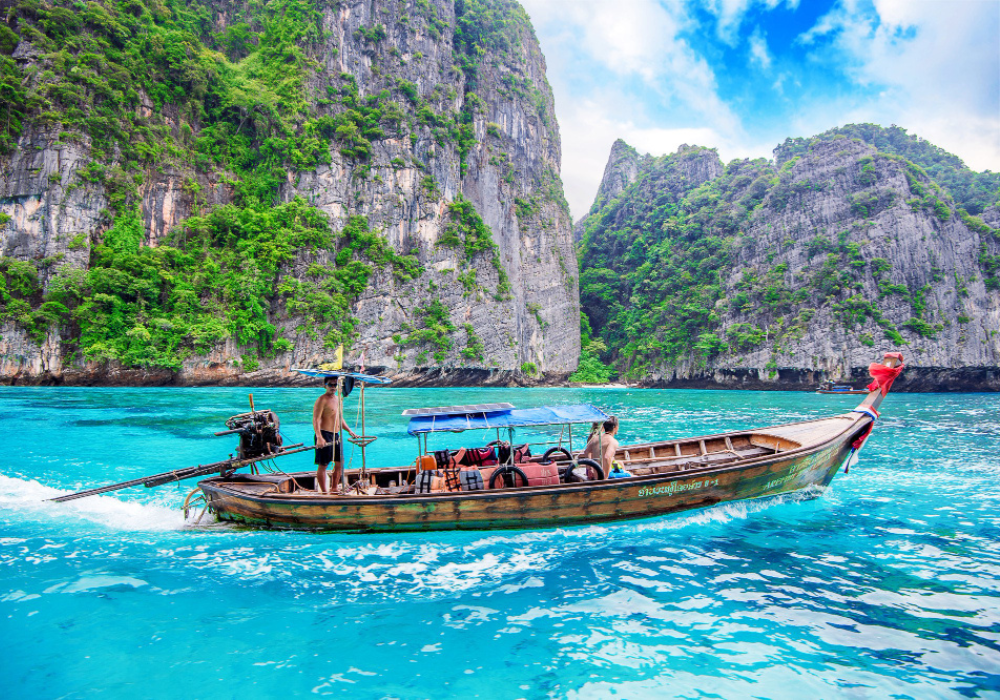
The Best Places to Go in Thailand in 2025



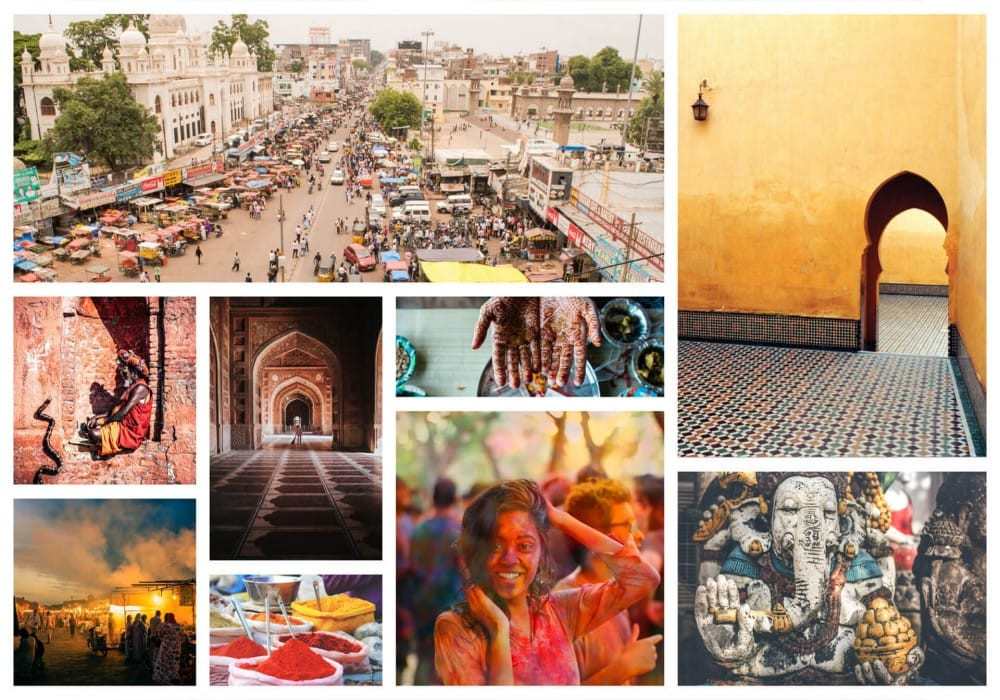



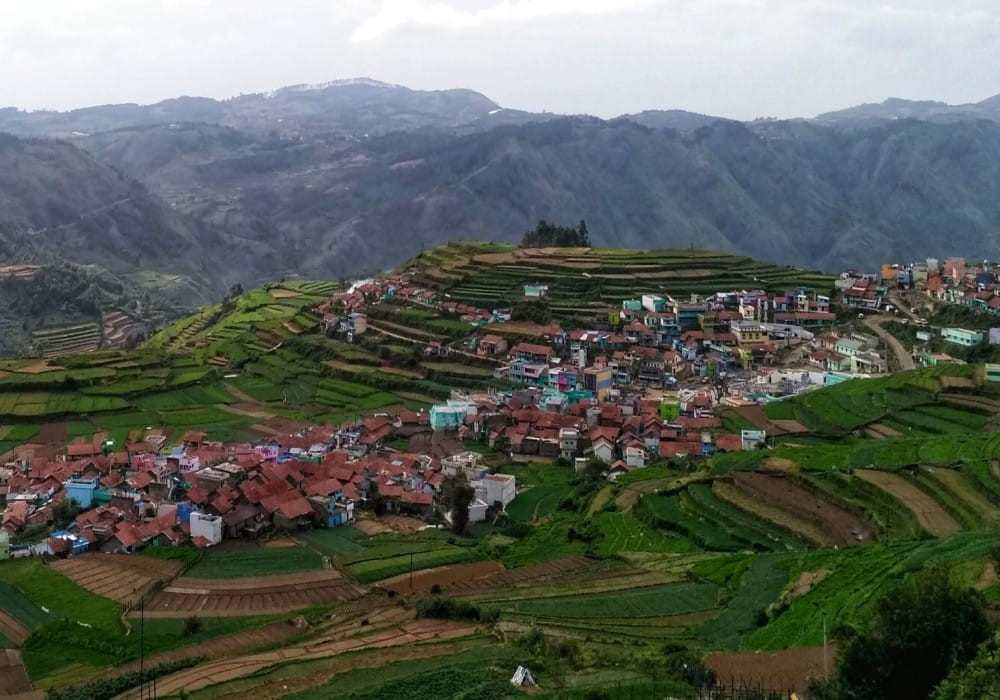
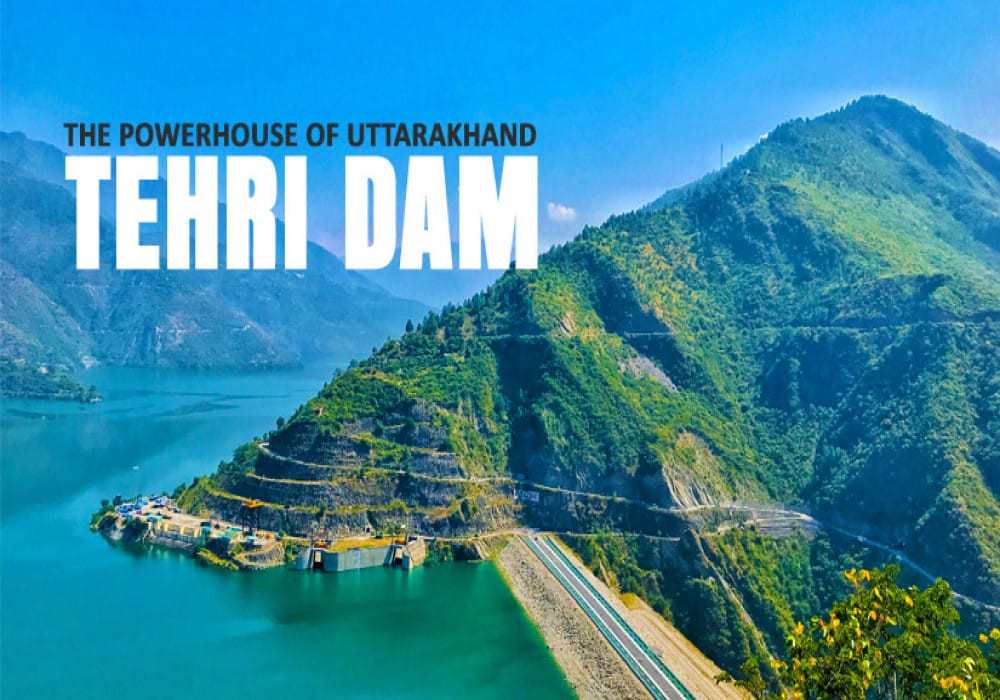

.jpg)


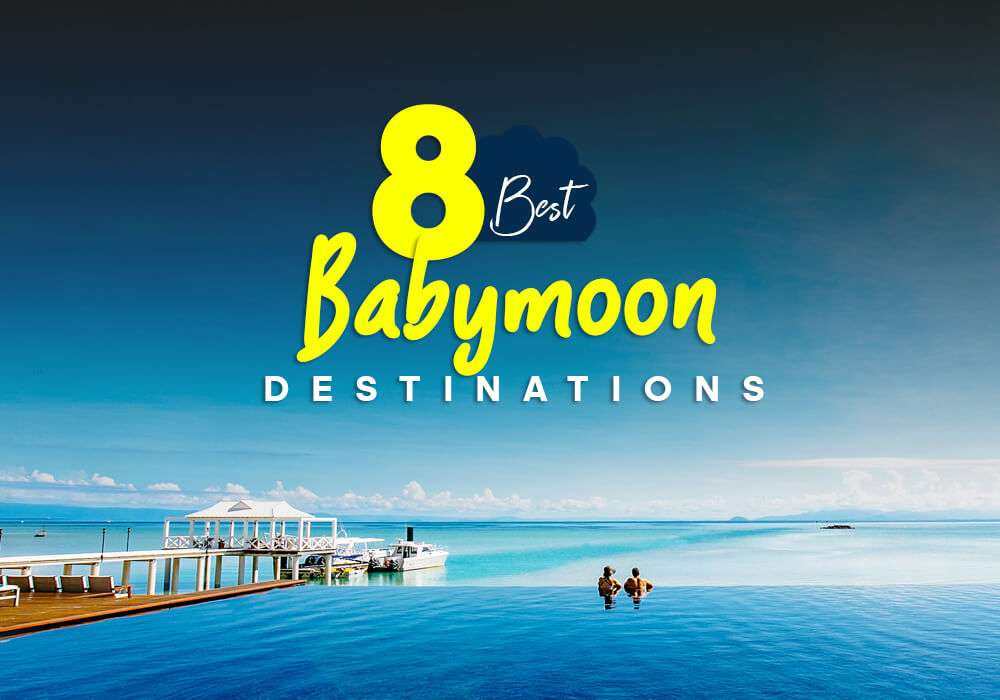
 Dubai
Dubai Malaysia
Malaysia USA
USA





